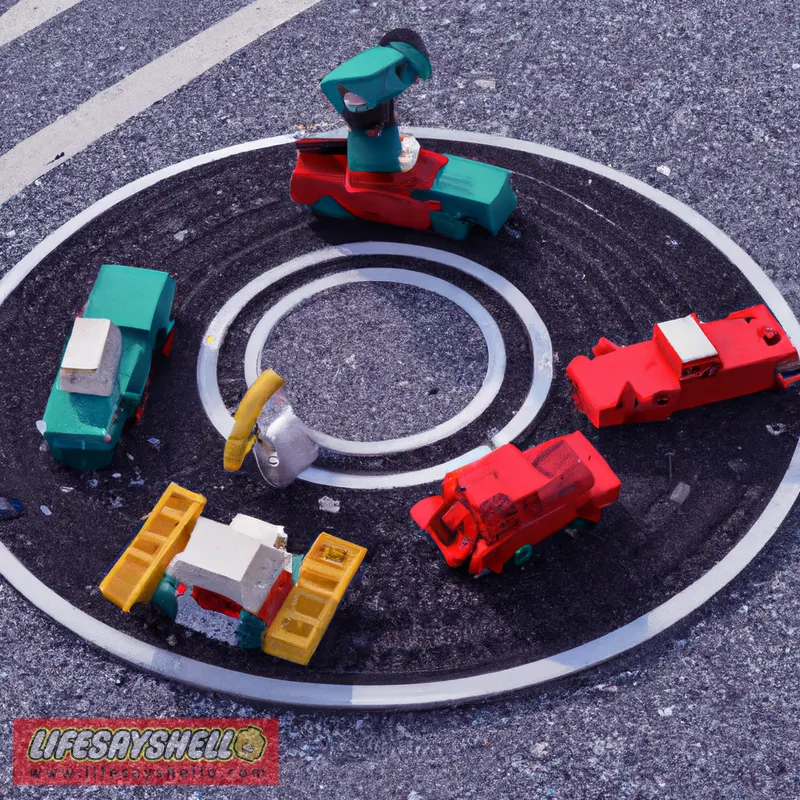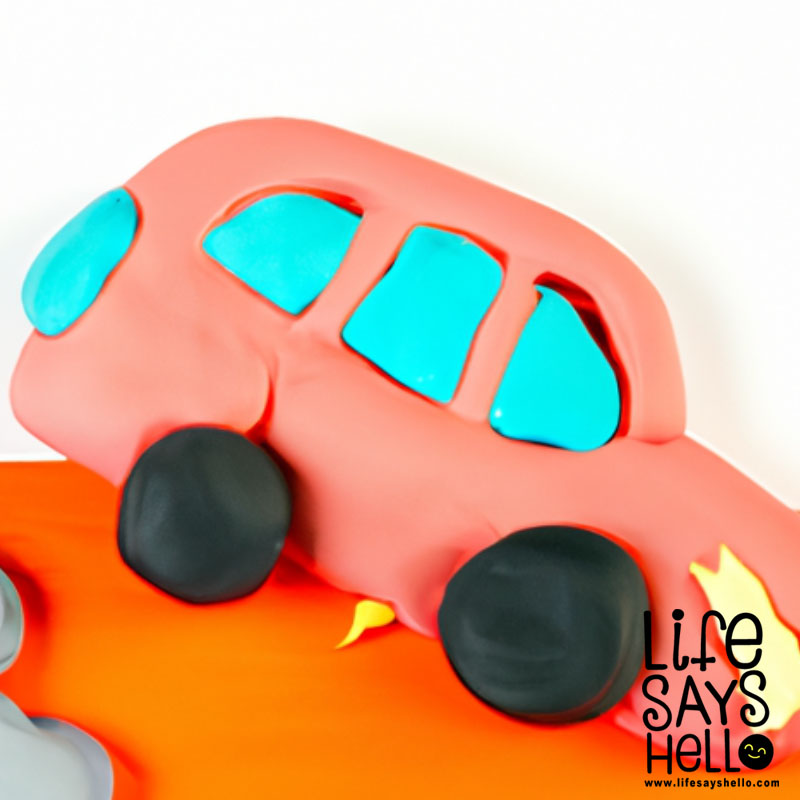Where Should You Exit the Roundabout? A Guide to Navigating Circles Safely

Roundabouts are becoming increasingly popular in the United States as an alternative to traditional intersections. With their circular shape and yield signs instead of stop signs or traffic lights, roundabouts promote a continuous flow of traffic and have been shown to reduce crashes and traffic delays. But for drivers unfamiliar with how to navigate roundabouts, knowing exactly where to exit can be confusing. This comprehensive guide will walk you through the rules of the road and provide tips for safely exiting both single-lane and multi-lane roundabouts.
When approaching a roundabout, it’s crucial to slow down and watch for pedestrians in the crosswalk. Once at the yield line, you must wait for a gap in the circulating traffic before entering the circle. If there are no vehicles already in the roundabout, you can proceed through without stopping. As you enter, make sure to stay in your lane within the circle until you reach your desired exit. Activate your right turn signal before exiting the roundabout. Unless pedestrians are present or an emergency vehicle is approaching, you do not need to fully stop before exiting.
In a single-lane roundabout, choosing your exit is straightforward. Slow down as you approach, yield to any circulating traffic, then enter when there’s a gap. Stay to the right in the lane and drive until you reach your intended exit. If you accidentally miss your exit, no problem! Just keep driving around the circle until you come back to the exit you want. Some single-lane roundabouts have a speed limit as low as 15-20 mph, so take note of any posted signs. Before exiting or entering, always watch carefully for pedestrians.
Multi-lane roundabouts require a bit more strategy when picking your exit. As you approach, pay attention to the lane markings and signs to pick the correct lane prior to entering the circle. The inner lanes are typically intended for traffic turning left or making a U-turn, while right turns should be made from the outer lane. Drivers going straight can proceed from either lane. Make sure to never drive alongside large trucks or buses, as they may need to take up both lanes when navigating the roundabout.
Regardless of the size, roundabouts are designed to promote continuous traffic flow. By following the rules of the road and knowing where to exit, drivers can safely navigate these circular intersections. Remember to slow down, watch for other cars and pedestrians, signal before changing lanes or turning, and drive defensively. With practice and preparation, roundabouts can be easy to use and improve congestion at busy intersections.
Choosing the Proper Exit Lane in Multi-Lane Roundabouts
Roundabouts continue to replace traditional intersections across America, especially in busier areas and high-traffic corridors. While single-lane roundabouts are fairly intuitive to navigate, multi-lane circles require a bit more strategy and planning to safely exit at your desired destination. Choosing the proper lane before entering a multi-lane roundabout is key to avoiding dangerous last-minute lane changes and crossing hazardous traffic flows.
As with any intersection, make sure to slow down and check for pedestrians as you approach the roundabout entrance. Scan the circulating traffic for an adequate gap, while also noting the lane markings and any directional or exit signs. To turn right at the upcoming exit, get into the outermost lane. For making a left turn or U-turn, select the innermost lane. Drivers going straight can use either lane safely in most roundabouts.
A common mistake is hugging the inner circle in hopes of a shorter distance traveled around the roundabout. But choosing the wrong lane can set you up for a dangerous situation when trying to cross traffic flows to reach your exit at the last second. Follow the lane markings and get set up in the proper lane before entering the roundabout.
If you accidentally miss your exit, never attempt to back up or reverse direction! Proceed around the circle again until you have another chance to exit safely. For multi-lane roundabouts with three or more exit options, make sure to get familiar with which exits correspond to which lanes before entering. Knowing exactly where your destination exit is located will ensure you choose the correct lane from the start.
Large trucks and buses require extra consideration in multi-lane roundabouts. Never attempt to drive alongside these vehicles, as they may end up straddling both lanes when navigating their turn. Wait for them to clear the roundabout before entering behind them. Give them plenty of room, and avoid the temptation to pass them within the circle.
While they may seem chaotic or confusing at first, multi-lane roundabouts are designed to improve traffic flow and reduce congestion when everyone follows the rules. Drive defensively, watch for other vehicles and pedestrians, and make sure you’re in the proper lane before entering the roundabout. With some experience under your belt, you’ll soon become a pro at navigating multi-lane circles!




Comments